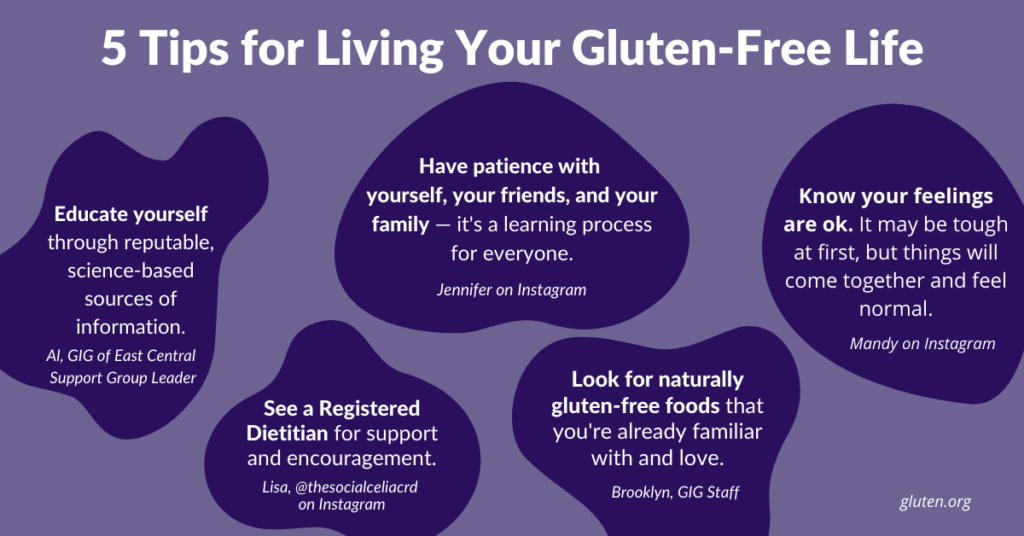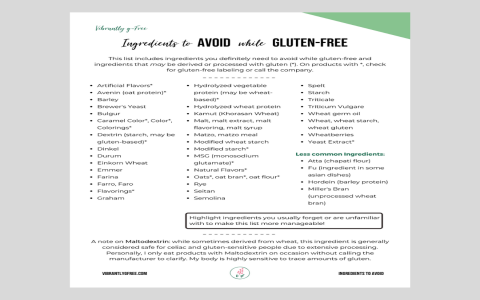My Gluten-Free Journey: How I Figured It Out
So, I found myself needing to go gluten-free. It wasn’t some fad diet thing for me; it was more like, I felt pretty rough for a long time, and after a bunch of dead ends, I figured, why not try cutting out gluten? What did I have to lose, right? So, I just decided, okay, let’s do this.

First things first, I had to figure out what gluten actually was and where it lurked. I knew the obvious stuff – bread, pasta, cakes. Easy. Or so I thought. I started by going through my kitchen pantry and fridge. Man, that was an eye-opener. I began reading labels, and I mean really reading them. Wheat, rye, barley, malt – those were the big ones I learned to look for. But then there were the sneaky ones, like modified food starch that could be wheat, or soy sauce which, surprise, usually has wheat! It felt like gluten was in everything. I spent a good afternoon just pulling stuff off shelves. My trash can was pretty full by the end of it.
Next up was restocking. This was a bit of a mission. I headed to the grocery store, specifically looking for those “gluten-free” labels. Honestly, in the beginning, it was a lot of trial and error.
- I bought some gluten-free bread. Some brands tasted like cardboard, no joke. Others were actually decent. It took a while to find my go-to.
- Pasta was similar. Rice pasta, corn pasta, quinoa pasta – I tried a bunch. Found some I liked, some I really didn’t.
- Snacks were a big one. I had to find new crackers, new cookies (if I wanted a treat), and be super careful with things like chips, as seasonings can sometimes have gluten.
I started cooking more from scratch. That way, I knew exactly what was going into my food. Lots of fruits, vegetables, lean meats, fish, eggs, and naturally gluten-free grains like rice and quinoa became staples. I had to learn to adapt recipes. If a recipe called for flour as a thickener, I’d use cornstarch or a gluten-free flour blend. It was a learning curve, for sure. I remember making a few dishes that were… let’s just say, not my best work. But I kept at it.
Eating out was, and sometimes still is, the trickiest part. In the beginning, I was super nervous. I learned to call restaurants ahead of time or check their menus online. When I got there, I’d always tell the server I needed a gluten-free meal due to a sensitivity. I learned to ask specific questions: “Is the sauce thickened with flour?” “Are the fries cooked in a shared fryer with breaded items?” Some places are amazing and really get it. Others, not so much. I’ve had a few mix-ups, unfortunately, which just reinforces why I need to be careful.
Over time, it got easier. Reading labels became second nature. I found my favorite gluten-free products. I got better at navigating restaurant menus. The biggest thing for me was to just be patient with myself and the process. It wasn’t an overnight switch. There were times I missed certain foods, or felt frustrated by the limitations. But I also started to feel a lot better, which was the whole point, right? That was the biggest motivator to keep going.

So, yeah, that’s pretty much how I went about it. Lots of label reading, a bit of kitchen experimentation, and learning to advocate for myself when eating out. It’s a continuous practice, really, but it’s definitely manageable once you get the hang of it. It’s just my new normal now.
